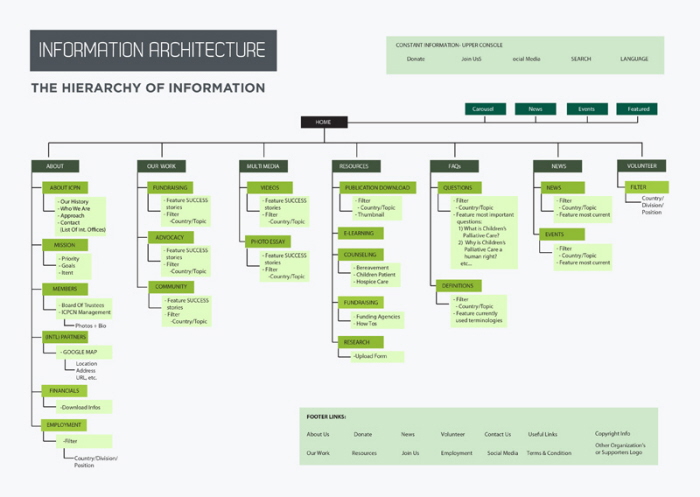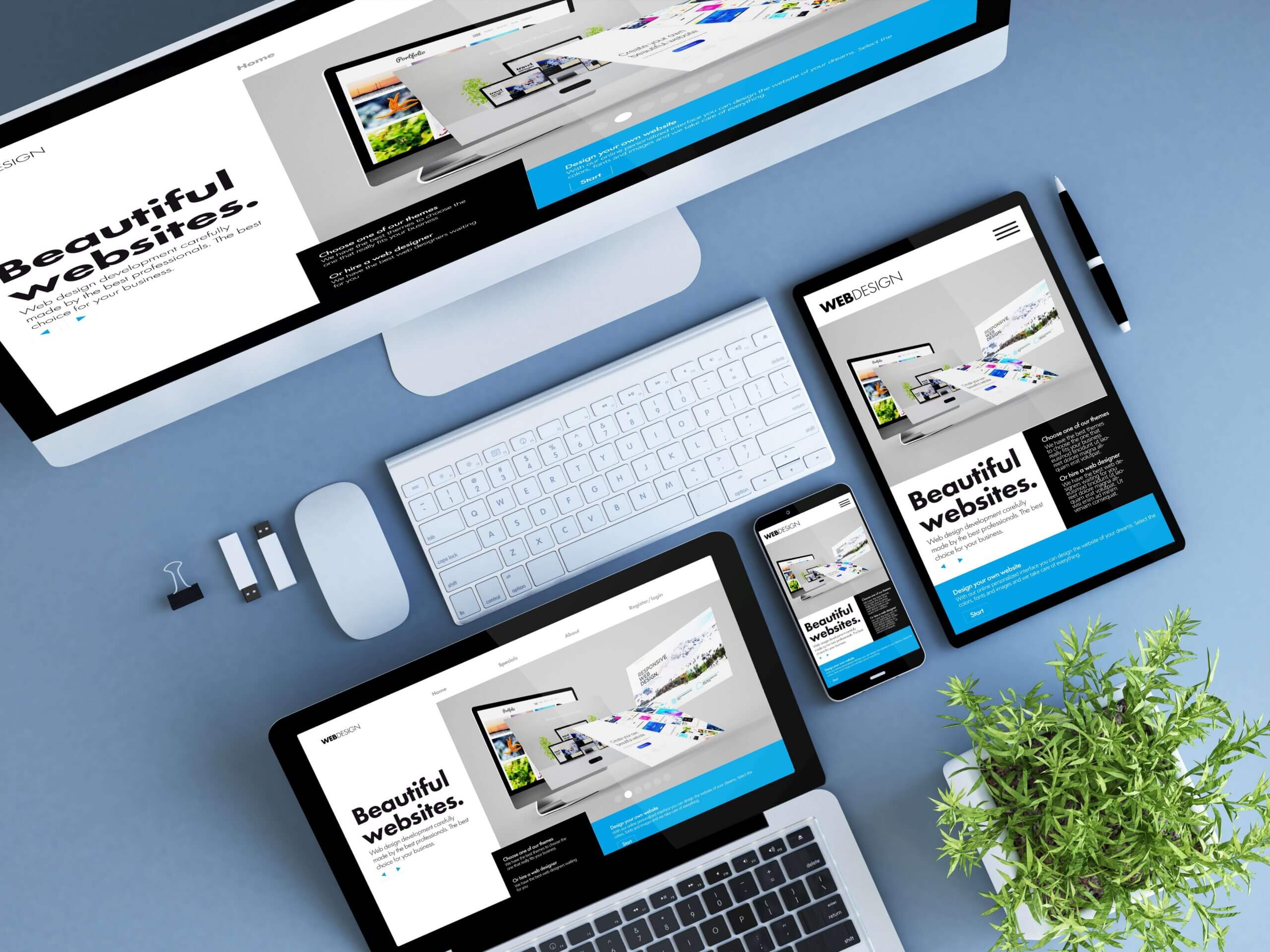
There are many layouts to choose from: Full-screen (inverted 'L' shape), Box-based (box-based), and Z-shape. This article will help make your decision easier. In this article, I will outline the benefits and drawbacks for each. To help you choose the best one for your website, you can read their pros and cons. These are the four most commonly used website layouts.
Inverted 'L' shape layout
The inverted 'L' shape is not a common web design style. A Nielsen study found that 69% of users spend their time reading the left side of a webpage. An inverted page makes it difficult for users to read the pages in a natural way. This layout may be the most effective option for your website. But is this layout a disadvantage? Here are some reasons why you might want to consider changing your current website layout to an inverted 'L' shape.
Full-screen layout
Website visitors will be attracted to the Full-screen layout format. It makes it easy for visitors to quickly learn more about your company's offerings, with a featured image that showcases your product in action. In addition, it helps you generate more leads. But what are the benefits of a Full-screen layout website? These are just a few examples that will help you decide if this layout is right for your website.

Rezo is an excellent example for a fullscreen layout template web site. This template will work well for any type of restaurant, including a cafe or pizzeria. This template features a unique layout that allows you to choose from five different styles, including a dark- and light-colored version. Drag and drop the elements to customize the layout for your brand. There are many features included with this template, so you can easily get started right away.
Z-shape layout
Websites commonly use the Z-pattern. It is an effective way to promote reading on your website by directing the viewer's eye to the most important elements, such as your call-to-action buttons, unique proposition, and explanatory copy. Without compelling copy, a Z pattern is practically worthless. These are just a few reasons why this layout is great.
Because it follows the natural path of the eye, this page layout is easy for readers to understand. The Z should be the top line. This is where the logo, navigational bar, and the graphical content are located. The secondary call-to action should be located on the second Z line. The content should be compelling enough to keep the user interested and encourage them to continue reading the next line. An example of this is a hero image that can divide the top and bottom sections of the website and guide the user's eye along the Z pathway.
Box-based layout
You can create a simple and clean website using a box-based design. This website design is easy-to-manage, scale, as well as navigate. It is especially useful for modern websites that have lots of images, such an E-Commerce website. This style can also be used for smaller websites or sites that have a lot of text. Continue reading to find out more about box-based designs and how you can create one for yourself.

You can use the developer tools of a browser to better understand the box model. Firefox's DevTools lets you see the widths of all elements on a page. It also includes padding and margin. The DevTools allows you to inspect each element on your site and determine if it is within the box-based layout. The margin, padding, and border properties are shorthands for the box model, and they allow you to control how much space is around each element.
FAQ
How to design a site?
It is important to first understand your customers and what your website should do for them. What are they looking for when they visit your site?
What other problems could they face if they can't find the information they need on your website?
After you have this information, you need to find out how to solve the problem. You also need to make sure that everything on your site looks right. It should be easy to navigate.
Your website should be well-designed. Make sure that it doesn't take too long to load. If it does take too long, people won't stay as long as they would like to. They'll go somewhere else instead.
If you're going to build an eCommerce site, you need to think about where all your products are located. Are they all in one location? Are they spread around your site?
Decide whether you plan to sell one product at a time or several products. Are you interested in selling one type of product? Or multiple types?
When you answer these questions, your site can be built.
Now it is time to focus on the technical side. How will your site work? It will it work fast enough? Are people able to get it done quickly from their computers?
Will they be able buy anything without having pay an extra fee? Will they have to register with your company before they can buy something?
These are vital questions you need to ask. You'll be able to move forward once you have the answers to these important questions.
Which platform is best for designing a website?
WordPress is the best platform when it comes to designing websites. It offers all the features that you need to build a professional-looking website.
Themes can be easily customized and installed. There are many themes to choose from online.
Plugins can be used to enhance functionality. These plugins enable you to add social media buttons and forms to your contact pages.
WordPress is very easy to use. To modify your theme files, you don't need to be able to code HTML. All you need to do is click on an icon and select what you want to change.
There are many other platforms, but WordPress is my favorite. It has been around for years, and is still in use by millions.
Can I build my website using HTML & CSS?
Yes, you can! It is possible with basic knowledge of web design, programming languages like HTML (Hyper Text Markup Language), CSS (Cascading style Sheets), and HTML (Hyper Text Markup Language). These languages enable you to create websites that are accessible to anyone with an internet connection.
What should I include?
Your portfolio should consist of all these things:
-
You can also see examples of your previous work.
-
If you have one, links to it.
-
You can also find links to your blog.
-
These links will take you to social media websites.
-
You can also find links to other designers' portfolios online.
-
Any awards that you have received.
-
References.
-
You can also send us samples of your work.
-
These links will help you communicate with clients.
-
Links showing you're willing to learn new technologies.
-
These links show that you are flexible.
-
You can find links that reflect your personality.
-
Videos showing your skills.
Statistics
- Is your web design optimized for mobile? Over 50% of internet users browse websites using a mobile device. (wix.com)
- It enables you to sell your music directly on your website and keep 100% of the profits. (wix.com)
- At this point, it's important to note that just because a web trend is current, it doesn't mean it's necessarily right for you.48% of people cite design as the most important factor of a website, (websitebuilderexpert.com)
- Studies show that 77% of satisfied customers will recommend your business or service to a friend after having a positive experience. (wix.com)
- Did you know videos can boost organic search traffic to your website by 157%? (wix.com)
External Links
How To
How can I get started as a UI designer?
Two methods can be used to become a UI developer:
-
You can also go to school and get a degree as UI Design.
-
It is possible to start a freelance career.
You will need to complete four years of college or university study if you plan to continue your education. This includes psychology, computer science, marketing, art, and business.
There are also state universities and community colleges that offer classes. Some schools offer tuition-free programs while others charge tuition.
After graduation, you will need to find employment. If you are going to be working for yourself, you will need to build your client list. You should network with other professionals to let them know that you exist.
There are many opportunities to intern for companies that specialize on developing web applications. Many companies hire interns before they hire full-time staff.
It will be easier to land more jobs once you have a portfolio of your work. Your portfolio should include work samples as well as details of the projects that you have worked on.
It's a good idea to send your portfolio to potential employers via email.
Being a freelancer means you need to market yourself. You can list your services on job boards such Assure, Guru, Freelance, Guru and Upwork.
Freelancers receive assignments often from recruiters who post open positions online. These recruiters find qualified candidates for specific jobs.
These recruiters typically provide the candidate with a project brief outlining the position's requirements.
While freelancers aren't required to sign contracts for a long time, they can still be paid. However, if you plan to move forward, it is best to negotiate an upfront payment.
Many designers prefer working directly for clients and not through agencies. Although this may seem appealing, many people lack necessary skills.
Agency workers often have extensive industry knowledge. They can also access specialized training and resources that will allow them to produce top-quality work.
Agency workers also receive higher hourly rates.
However, the disadvantage of working with an agency is not having direct contact with your employer.
You must be creative, self-motivated and flexible to succeed as a UI Designer.
You must also possess excellent verbal and written communication skills.
UI designers design websites by designing user interfaces (UI), and visual elements.
They are also responsible in ensuring that the site meets all users' requirements.
This involves understanding what information visitors need and how the site should function.
Wireframes are created by UI designers using a variety of tools. Before they begin designing, wireframing allows them to visualize the page's layout.
It is easy to create your own wireframes using the online templates.
Some designers specialize in UI design alone, while others combine UI with graphic design.
Photoshop is a popular software used by graphic designers for editing images.
They then use Adobe InDesign to lay out pages and layouts.
Photographers capture images using digital cameras or DSLRs.
Then, they upload the photos to a photo editor program, where they add captions and filters.
After the shoot, the photographer saves and archives the image in a format compatible with website.
It is vital to consider all aspects in the web design process.
This includes research and planning, wireframing, prototyping testing, coding, content creation and publishing.
Research – Before starting any new project, it is important to conduct extensive research.
Planning - Once you've completed your research, you'll want to begin developing a plan.
Wireframing – A wireframe is a preliminary sketch or drawing of a webpage or application.
Prototyping -- Prototypes allow you to make sure that your final product is exactly what you imagined.
Testing - The prototype should undergo multiple rounds of testing to ensure it works properly.
Coding: Coding is the process of writing code for computers.
Content Creation: Content creation can include everything from copywriting to managing social media profiles.
Publishing means uploading files onto a server and making the site accessible.
You will learn about various projects as a freelance UX/UI designer.
Some companies, for example, only need wire frames. Others require complete prototypes.
Depending upon the type and scope of the project, you may be asked for specific tasks.
If you are hired to create wireframes for a company, you may be expected to produce several wireframes each time.
If you're asked to develop a site prototype, it may be necessary to make it fully functional.
Strong interpersonal skills are important regardless of the project type.
Referrals are the most common way that clients hire freelancers. You must establish solid relationships with potential employers.
Furthermore, you should be able and able to communicate both verbally AND in writing.
Portfolios are an essential part of any freelancer’s toolbox.
It is a showcase of your work and a demonstration of your ability produce high-quality outputs.
You can take care of this by creating a professional portfolio online.
Finding websites similar to yours is the best way to start.
Search these websites to view the details of each site.
Once you have identified the best practices you believe are most effective, you can start to implement them.
It's also helpful to include links to your portfolio within your resume.